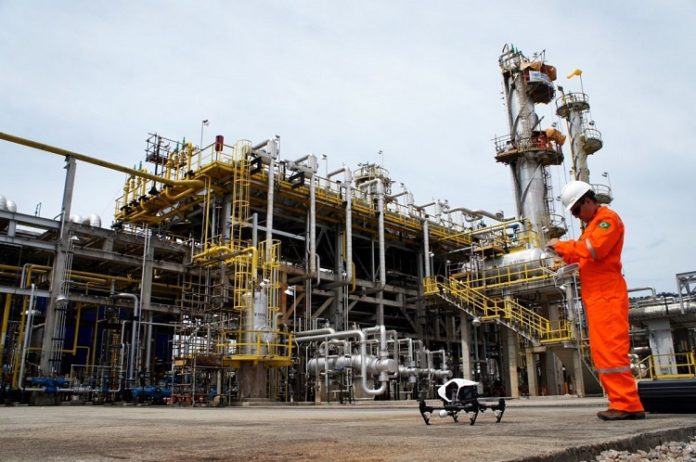Drones are revolutionizing many industries, but it is in the fields of asset management and data collection that we really see their benefits. When it comes to inspection, asset owners need to drive down costs, but often the demands on today’s networks mean that inspections need to be done faster and more often.
Traditional drones have limitations and require a trained pilot and observer along with post-analysis of video footage or stills. Overall, the ability to accurately inspect assets at low cost and ensuring accurate data processing whilst safeguarding engineers is becoming vital on a regular basis , so what can be done in order to achieve this?
Unmanned aerial vehicles (UAVs) can access hard-to-reach places faster, cheaper and with less risk than manual inspections, and potentially allow the asset to remain on line. It could be in the future drones will as well be able to carry out maintenance rather than just inspecting.
According to Nikoleta Guetcheva, Head of Marketing at Pix4D, Drones are being used to inspect cell towers, wind or solar farms, power lines, oil and gas facilities, and buildings. They are rapidly changing the operations of entire industries, as they allow users to perform more reliable, faster and cost-efficient inspections, while reducing risk to personnel. Basically, drones allow faster and cheaper inspections, creating a safer work environment, and collect more accurate data. Pix4D has been used by mining companies to calculate volumes in existing mines and planning and exploring the future mines. Oil and gas companies are using Pix4D for corridor mapping for infrastructure monitoring.
Technology that is really taking shape
Commercial use of the technology is now on the rise. Analysis shows that in 2017, the global commercial drone market was worth EUR 3.1 billion, with some three million units shipped. Therefore, by 2022, the market value could hit as much as EUR 12.6 billion, with over 15 milllion units shipped.
In general, drones are expected to become prominent in all use cases that meet the so-called 4D criteria: dull, dirty, distant, dangerous. This makes them a great fit in the field of asset inspection, mainly in the energy and transportation sectors.
But while the potential of UAV inspections is clear, it is worth considering, as with any new technology, the challenges they present. In addition, aviation authorities are still struggling to regulate drone use. But such challenges also present opportunity, and demonstrate that the sector can still be shaped by larger players. By adopting the technology now, companies will be able to work with the technology pioneers to overcome obstacles such as limited battery lives, assist in the formulation of regulations and secure a competitive edge by being the first to make savings from drone-backed asset maintenance.
Drone technology and mapping in Africa
With success stories mounting, it’s likely that many more asset operators, from rail companies to grid operators and pipeline constructors will introduce drone inspection technology. So we believe now is the moment to get on board.
“Africa has already adopted the technology. Now the challenge is to increase the usage, but there are legal issues with the regulations. Right now there is a real need for professional drone operators in Africa,” said Nikoleta Guetcheva.
“As the technology (both hardware and software) becomes more affordable, more and more players (small business or large institutions) can invest in drones or software in order to digitize reality. Our objective of democratizing drone technology and mapping is being met,” she affirms.



